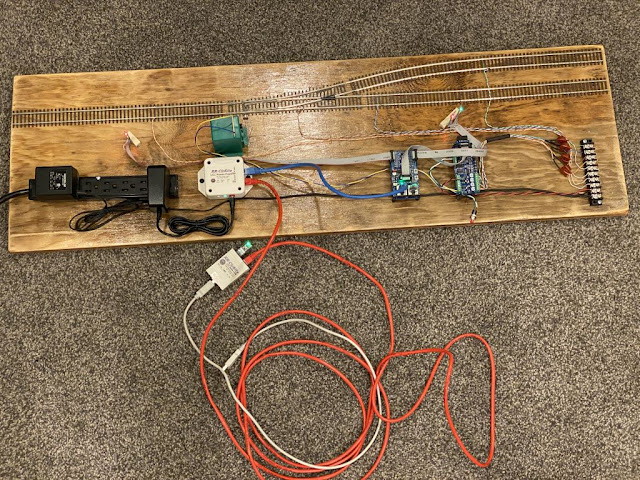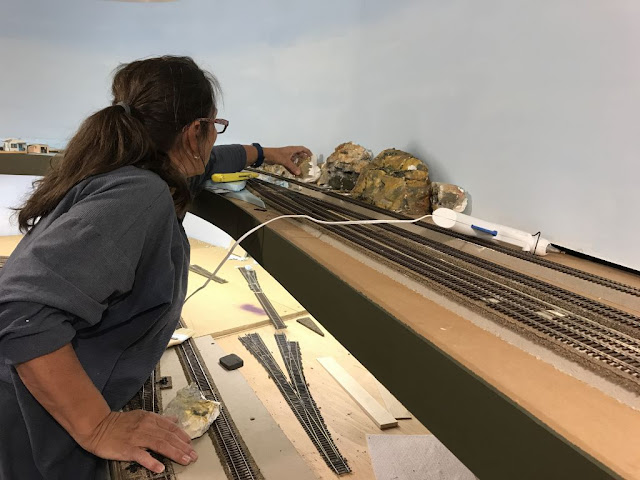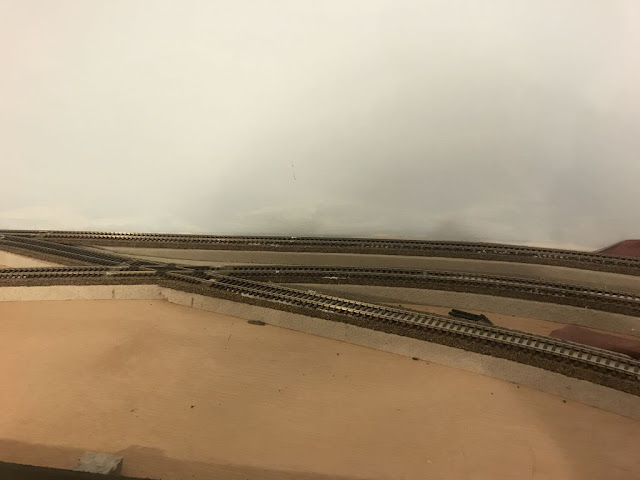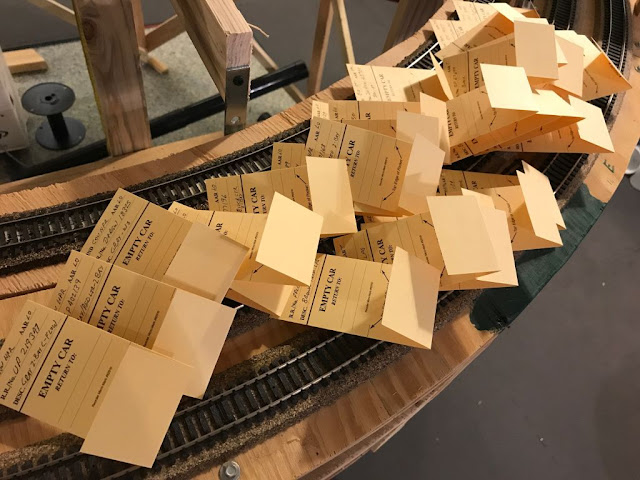LCC Demo Layout

Dipping my toes into the waters of LCC has raised questions by fellow model railroaders in the area. Last year I was asked to do a clinic on LCC, which went very well. The clinic included passing around the various LCC components for folks to see, feel and smell. However one consistent comment I received was that they wanted to see it operational. Fair enough - and it really is nicer to see the pieces all pulled together and working to understand how it should look. So for the upcoming clinics, I have pulled together a little demo layout. Overview of the LCC Demo Layout The goals for this layout included showing how it worked in a small, portable footprint. As such, it was not set up for continuous running or even operation. Instead it is a small section of track with a single turnout, some detection, and a few signals. It contains a single node - an RR-Cirkits Signal-LCC board, with a single I/O card: a BOD4-CP. A few features o...




